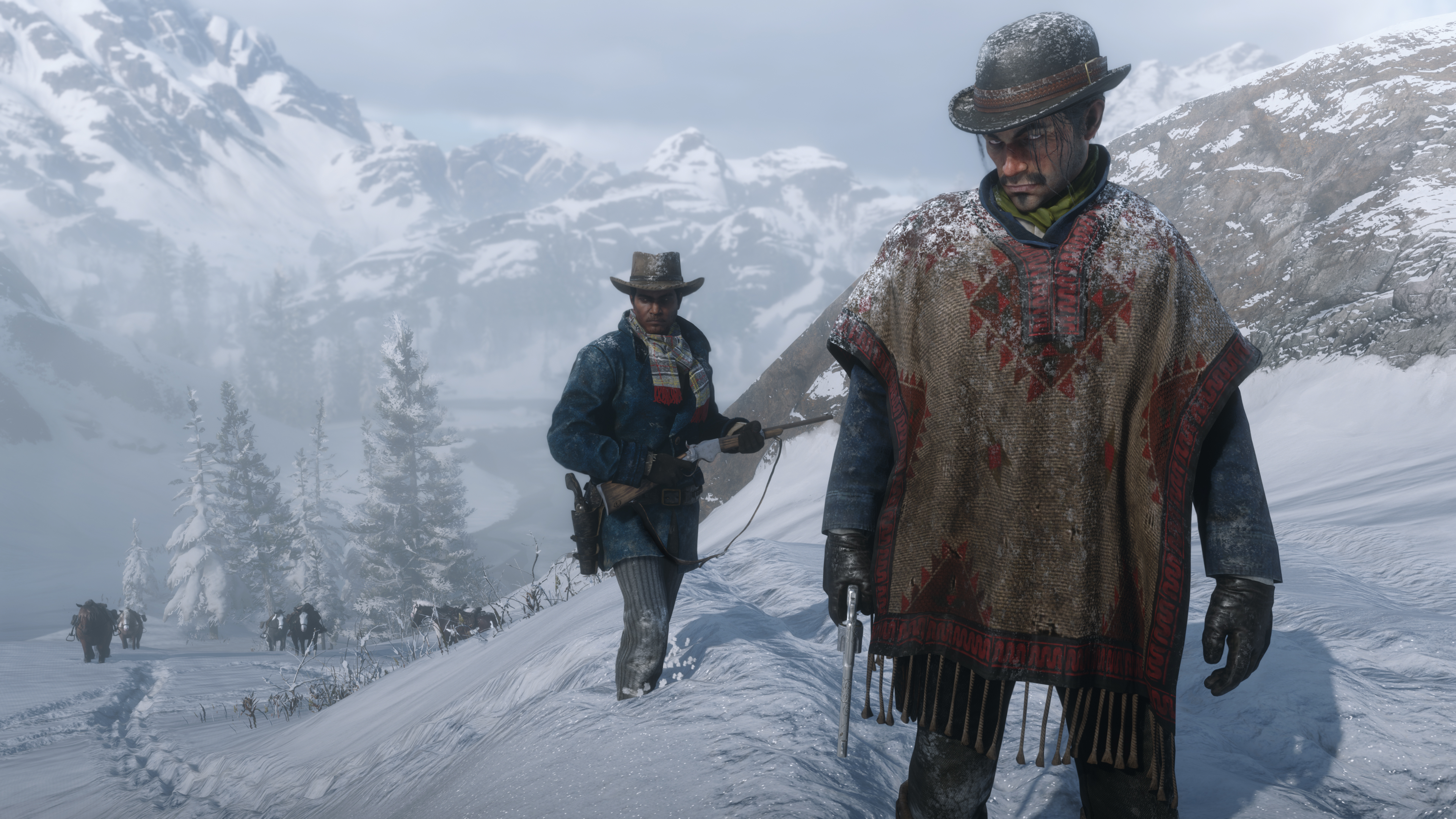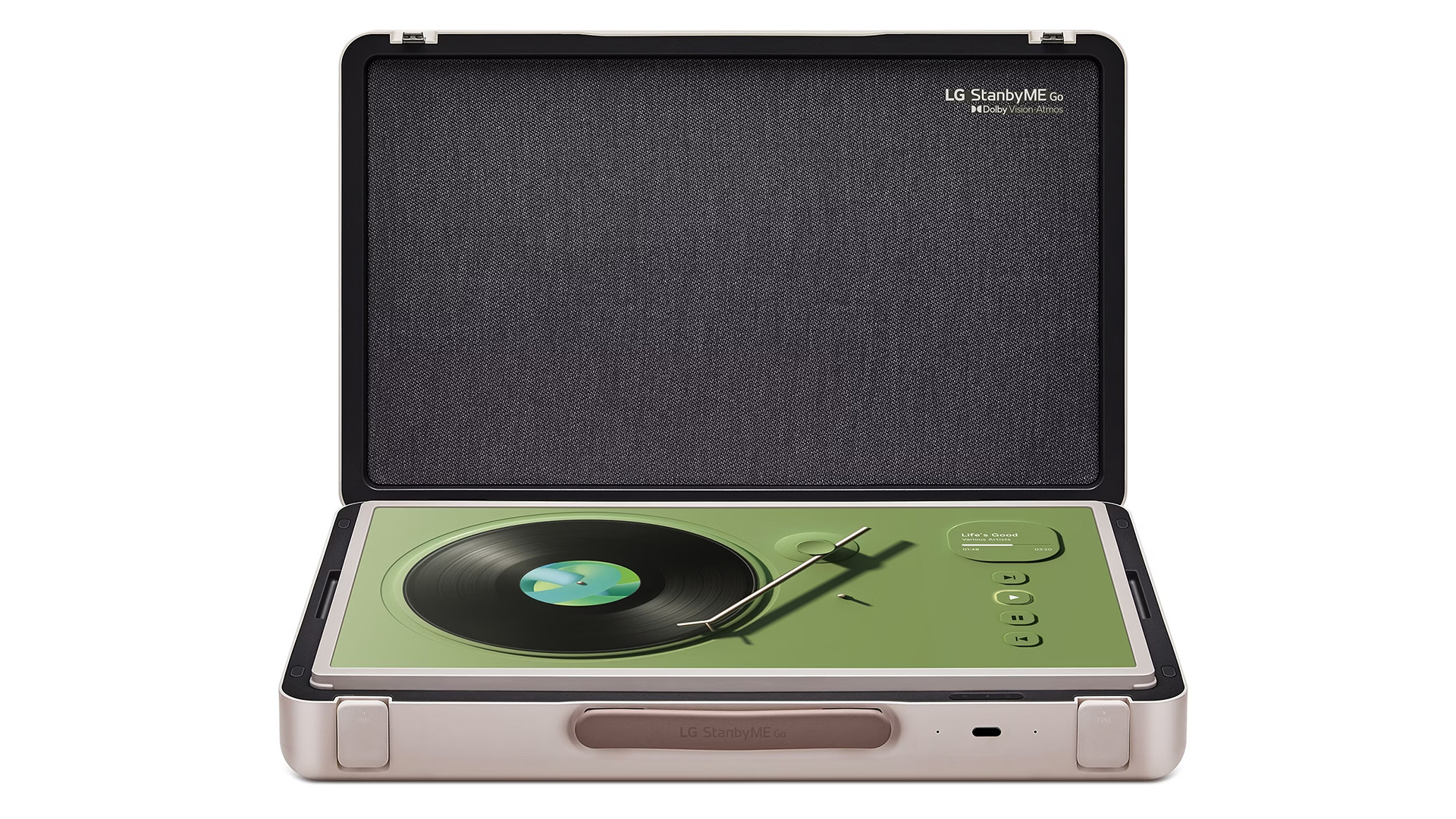PC built by Chillbast
Motherboard: Asus ROG STRIX Z390-E GAMING
CPU Cooler: Noctua NH-U14S
Case fans: Noctua NF-A14 PWM Chromax 140mm
Processor: Intel Core i9-9900K, 8 Cores / 16 Threads
GPU: Nvidia GeForce RTX 3090
Storage: 500GB Samsung 970 EVO Plus M.2 PCIe
Secondary Storage: 2TB Samsung 860 QVO
Power: Corsair RM850x 80 PLUS Gold 850W PSU
Case: Fractal Design Vector RS Tempered Glass
RAM: Corsair Vengeance LPX 32GB DDR4 3600MHz
Monitor: Dell UltraSharp UP3218K
Even a few years after its release, Red Dead Redemption 2 remains one of the best-looking games ever – especially on PC, and with the latest update bringing support for Nvidia's DLSS tech, we've returned to see if we can finally play the game in full 8K glory.
Back in 2019, we originally tried running Red Dead Redemption 2 at 8K in our 8K test system with the $2,499 (around £2,000, AU$3,600) Nvidia Titan RTX graphics card. At the time, it was the most powerful consumer GPU Nvidia had made.
The results weren't pretty: with all the settings whacked up to full, Red Dead Redemption hit 18.65 frames per second on average in the benchmark at the demanding 7,680 × 4,320 resolution.
However, returning to the title today, we were more confident of achieving a better result. For a start, over the past two years since we tried it at 8K, the game has had numerous updates, many of which helped improve performance – including the latest one which adds DLSS.
Secondly, we've replaced the Nvidia Titan RTX with the newer Nvidia GeForce RTX 3090. While this GPU is cheaper than the Titan RTX, it actually performs a lot better, thanks to the advancements Nvidia brought to its RTX 30 Series cards.
We revisited several games to see how the RTX 3090 performs at 8K compared to the Titan RTX, and on the whole the RTX 3090 offered some impressive gains when it came to FPS.
In Red Dead Redemption 2, for example, the Titan RTX managed just 18.65 frames per second with all the details set to maximum, a far cry from the 60 fps we consider to be minimum for PC gaming these days, especially with ultra-high-end GPUs.
The RTX 3090, meanwhile, scored a better (though not ideal) 19.02 fps. However, we re-ran the tests with the latest update, with highest settings but the new DLSS feature off, and it hit a much better 25.3 fps. This leap could be thanks to Red Dead Redemption 2 updates that have been released since our initial tests, along with Nvidia driver improvements, which have made
With that base improvement, our hopes that Red Dead Redemption 2 at 8K could actually be a reality rose.

With a little help from my DLSS
The reason we loaded up Red Dead Redemption 2 at 8K once more was the fact that it now supports DLSS. Short for Deep Learning Super Sampling, it uses the tensor cores in Nvidia’s GeForce RTX cards to upscale a game’s resolution.
Thanks to machine learning and AI, it can take a game running at 1440p, for example, and upscale it to 4K – or higher. The idea is that this upscaled game should look a lot like it was running at that higher resolution natively, but because it's actually running at a lower resolution, it's less taxing on your GPU.
This could then be used to help lower-end GPUs achieve 'higher' resolutions, while smoothing out frame rate drops for more powerful cards, allowing them to keep a rock-solid fps.
We've tested a number of games with DLSS and have been really impressed. Even if there are noticeable differences between an upscaled game using DLSS and one running natively, it's usually not that noticeable, and most importantly, it allows for better performance without impacting graphical fidelity all that much. It can also mean you can implement intensive graphical effects, like ray tracing, that your gaming rig may have traditionally struggled with.
- The best GPUs of 2021
- These are the best gaming laptops
- How about the best gaming PCs?
So, we were keen to see what a difference DLSS makes, especially at the ultra-high 8K resolution. As usual, we played the game using our 8K gaming PC provided by Chillbast, along with Dell's UltraSharp UP3218K monitor. Check out the boxout on the right for the full spec of the PC we used.
After hitting 25.3fps at 8K with all graphical settings set to their highest levels but DLSS off, we kept everything the same, but turned DLSS to 'Auto'. The results were drastic, with it now hitting 50fps on average – effectively doubling the frame rate.
While still not hitting 60fps on average, it instantly makes the game actually playable at 8K, something it wasn't without DLSS, and it's a potent example of how much of a difference DLSS can make.
The minimum fps also rose from 21.5 to 29.7 fps, while the max frame rates doubled from 31.3 to 62.2 fps. This leaps shows that with a bit of tweaking we should be able to get to 60fps on average at 8K – which was once considered unobtainable.
Visual-wise, it looked fantastic, if perhaps a little softer in distant details. Of course, Red Dead Redemption 2, like most games, hasn't been designed for 8K, so textures aren't going to benefit from the high resolution, but overall, DLSS has shown just what it's capable of.
Red Dead Redemption 2 offers several DLSS options, so we tested out 'Quality' mode next. This prioritizes graphics over performance, so the impact to visual quality is minimized, but then so to are the performance gains. This is because the resolution DLSS is upscaling from is higher. Still, it's a decent bump, hitting 34.4 fps on average. That's certainly playable, though we don't think the visual benefits are worth the hit.
The 'Balanced' setting tries to find a line between image quality and performance, but it just hit 38.4, which makes us feel it's still a little too weighted for image quality at the expense of performance.
Finally, there's two performance options. We went straight for 'Ultra Performance' and hit 50.3 fps, which gives us the impression that 'Auto' tends towards performance, especially when you're trying to really push the game at 8K.
By coming so close to 60fps with everything set to its highest graphical settings, it gave us flexibility to drop a few settings here and there, which helped us hit that 60fps goal.
This is incredibly exciting as it shows the potential of DLSS when it comes to 8K gaming, and as many of us hoped, it could mean that gaming at 7,680 × 4,320 resolutions will one day become more widespread and achievable, without having to invest in extremely expensive hardware.
- These are the best PC games of 2021
from TechRadar - All the latest technology news https://ift.tt/3BXIDHr



No comments:
Post a Comment